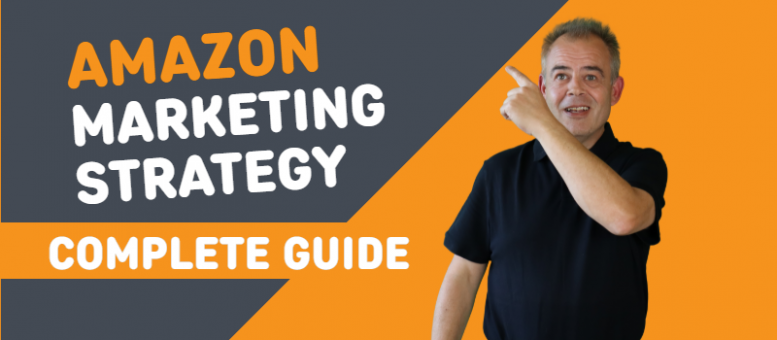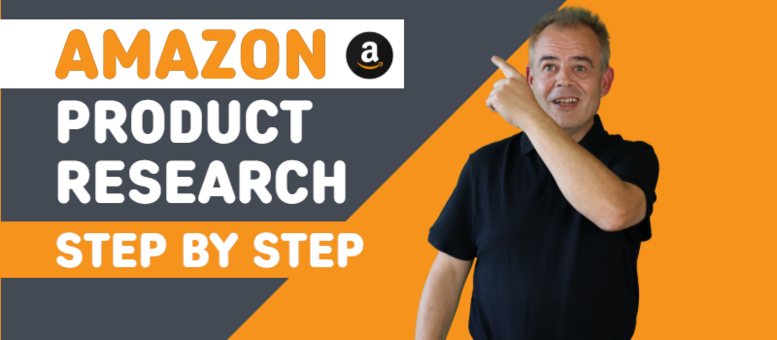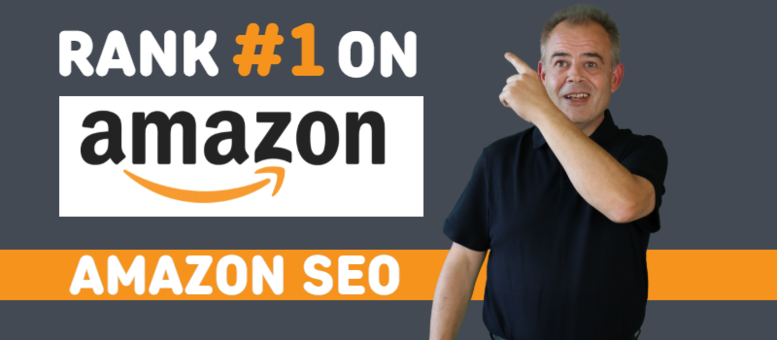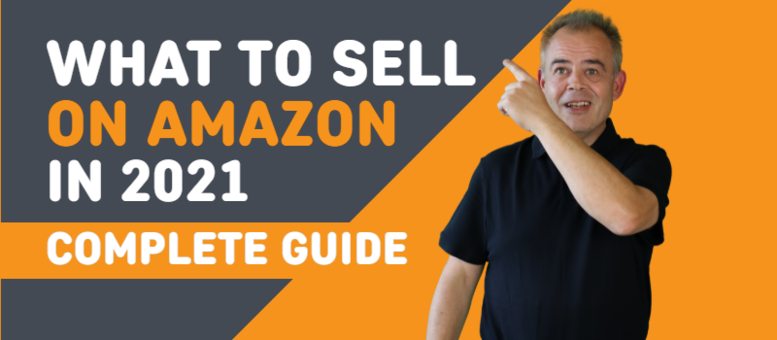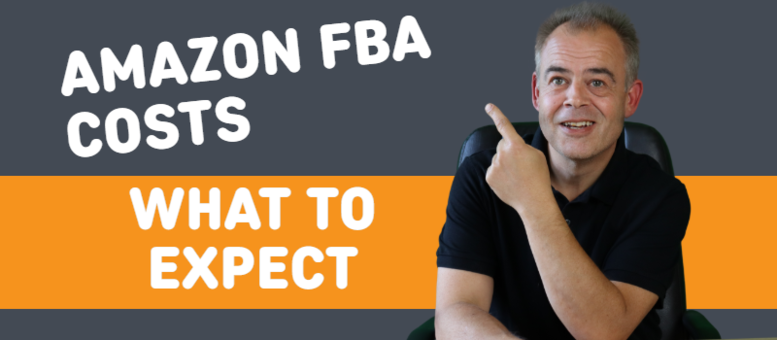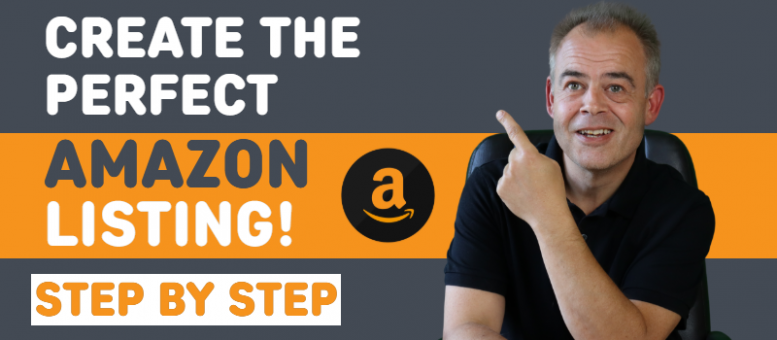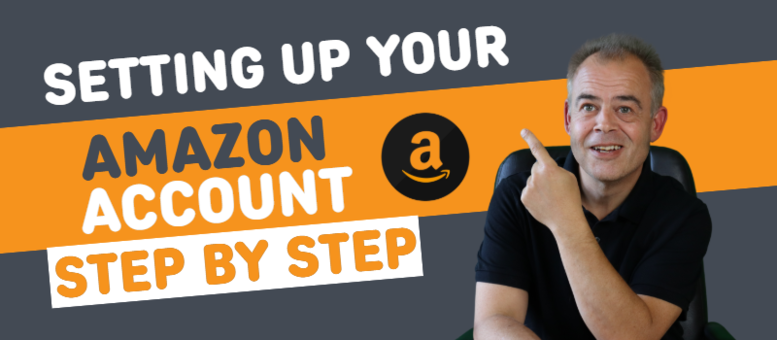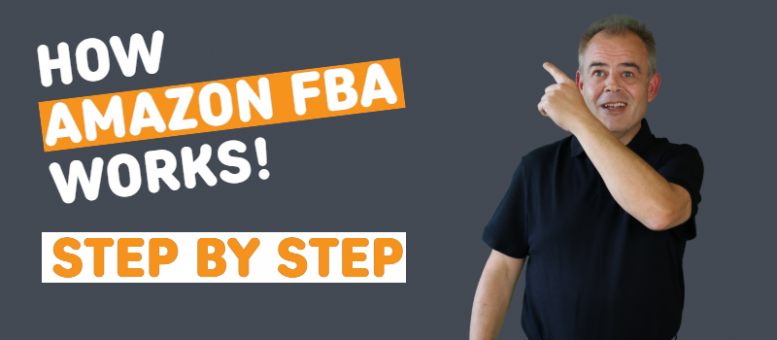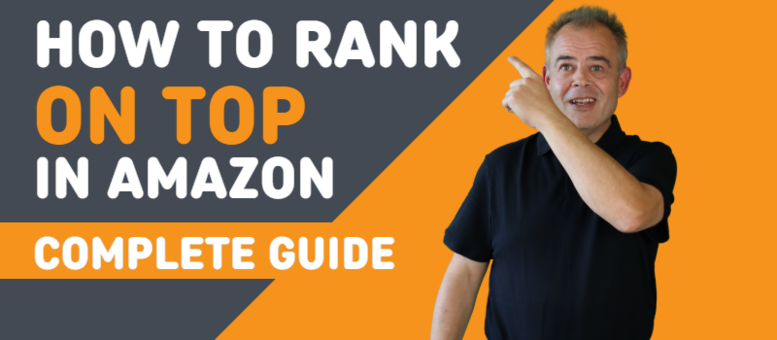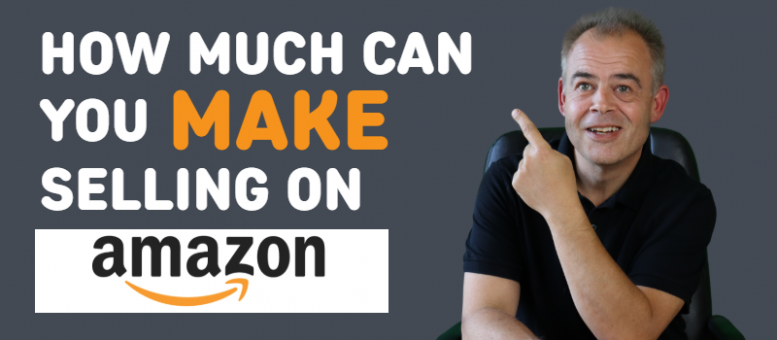In this video, I will share the best practices for Amazon marketing covering everything from basic set-up details to more advanced marketing strategies.
Do you want to know how Amazon FBA works and how to make money from it in 2021?
Join the FREE Amazon FBA Training & Learn How To Make A Full-Time Income Online:https://bizwebjournal.com/amazontraining
If you're looking to start a business selling products on Amazon, then you'll need to know and understand the product listing criteria and how to rank on Amazon FBA. Yes, you can start making money selling on Amazon, regardless of your experience selling online.
Amazon is one of the best opportunities to make a passive income and earn money from anywhere in the world. Gone are the days of directly exchanging your time for money. That's the old model. The new model leverages the incredible opportunity that the internet affords us.
Whether you want to make money working from home, or just want a side hustle, understanding how much it costs to start selling on Amazon will give you the upward momentum you need to launch your Amazon private label business today!
The best part about selling on Amazon is that the retail giant does all the work for you. You'll never have to pick or pack or ship a product, ever. Gone are the days of dealing with fulfillment or customer service requests. Amazon does it all for you. All you do is collect the income.
But in order to get there, you need to get on the road to building your Amazon FBA business today. Tune into the video now to discover just how powerful of a passive income machine Amazon can be and how you can start making money from it no matter where you live in the world!
Amazon Marketing - The Complete Guide To Planning Your Amazon Marketing Strategy - Audio file |
|
Hey guys and welcome back to my channel. Today I would like to go over your Amazon marketing strategy, so be sure to watch all the way through so you don't miss any of the important details as we do have a lot to cover.
Now, before I hop into this video, if you are new to this channel you're going to want to subscribe as I talk about the best ways to make a full time income with Amazon FBA and always get straight to the point.
So please consider subscribing and turning on your post notifications if you like channels that don’t waste your valuable time, with that said let's get right into this video.
Now, many sellers might know how to start an Amazon business, but marketing on the platform isn’t that easy.
Every business has different marketing objectives to pursue on Amazon, and there are various ways to accomplish those goals.
Ultimately, your Amazon marketing strategy must help you embrace the growing number of capabilities on the platform to build your brand and drive more sales by leveraging tactics such as optimizing your product pages, offering rich content to the target audience, and paid advertising campaigns.
Amazon is consistently evolving to provide a seamless experience to its customers. In such a scenario, brands should perform extensive research and understand the various Amazon features if you want to stay relevant and marketable on the platform.
Crafting a successful Amazon marketing game plan is tedious but crucial, so let’s walk through the essential steps of how you can adapt with such a rapidly evolving platform and set up a lucrative Amazon marketing strategy.
First I want to cover how to optimize Amazon SEO to grab more customers. Suppose you are an Amazon seller offering an excellent product at an economical price. Also, your product page is adorned with visually engaging images and crisp product descriptions.
Now, if you think that the only thing left for you is to sit back and wait for thousands of customers to knock at your doorstep you are wrong.
Because here, Amazon SEO comes into the picture. As we all know SEO stands for “search engine optimization, and in terms of Amazon, SEO is the process of optimizing your product listings so that more and more Amazon customers can discover your products.
Amazon’s search engines prioritize well-described product searches and pin them at the top of recommended searches that customers make while discovering products on the platform.
Let’s look at a few of the crucial elements that you must consider while crafting your Amazon SEO marketing strategy.
First up are relevant keywords. You can add 250 characters on Amazon’s backend to impact product discoverability invisible to the buyers. You can also use specific phrases and keywords associated with your product to make the description engaging.
Second, you will need SEO optimized titles. While creating titles for your Amazon products, you must be very cautious and put your customers in mind so that you can come up with titles that resonate with them. Also, make sure to use relevant keywords for optimizing your sales and clickthrough rates.
As said earlier, the way you describe your products on Amazon can either make or break the customers’ experience. A crisp description sets you apart from hundreds of competitors, and you should use bullet points to highlight your product’s unique features and boost conversions.
You will also need visually appealing images. There are precise guidelines that the visuals must be easy-to-comprehend, engaging, clear, high-quality and information-rich.
Visually attractive photos or informative graphics, such as images with text overlays to highlight your products’ critical features, can help share the product details in the best possible manner with the customers and answer the most common questions.
It’s crucial to provide your Amazon customers with all the relevant information about your products. And by adding a Q & A section, it will be easier for you to answer your customers’ commonly asked questions and keep them informed.
Optimizing Amazon SEO is one of the best ways to drive organic sales; however, sometimes your business might need some paid advertising, and thankfully, Amazon has a wide variety of advertising opportunities under its roof.
Amazon advertising techniques help you put your products in front of the target audience who might not have discovered them on their own.
Let’s explore the types of Amazon advertising strategies that you can add to your Amazon marketing arsenals.
The first one up is Amazon Display Ads. Amazon Display Ads are one of the most popular forms of cost-per-click ads and can be displayed not only on Amazon’s app and website but also on platforms that Amazon doesn’t own.
Amazon Product Display ads are displayed when customers search for similar products and not specific keywords.
These ads can be customized to drive customers to your tailored optimized landing page or specific product pages, and the seller has to pay for these ads on a per-click basis.
Let’s assume you are selling dog treats on Amazon, and if you have opted for an Amazon Display ad when a customer will search for Beggin’ Strips, your product will be displayed in search results.
Another way of advertising on Amazon is Sponsored Product Ads. Amazon Sponsored Product Ads are created to drive customers to specific product pages as these are keyword-targeted ads.
For instance, you are selling gardening spades on Amazon and choose the keyword “gardening tools” as one of the phrases to target in your Amazon Sponsored Product Ad.
Once you select the amount you will pay on a per-click basis for your ad, known as bid; the ad will go live on the platform. And whenever a customer searches for the term “gardening tools,” your product will appear right at the top of search results.
You can also run Amazon Sponsored Brand Ads. The purpose of Amazon Sponsored Brand ads is to raise your brand awareness by marketing your entire brand and not a single product by featuring your logo, a tailored headline, and up to three of your products.
Another marketing strategy is to use Third-Party Advertising By Leveraging Google & Social Media Channels.
We are indeed talking about Amazon marketing but sticking to only one platform shouldn’t be your objective. Here, third-party advertising comes into the picture as it helps you boost conversions and click-through rates.
Google ads allow you to take advantage of features such as email marketing and retargeting. You can leverage an email automation tool to send robust onboarding, shipping notifications, special offers and shopping cart reminders to your Amazon customers to persuade them to make the buying decision.
Social media channels such as Facebook, Twitter and Instagram are like goldmines for Amazon sellers as they help them reach out to 3.8 billion people by creating highly-targeted ads.
For instance, if you want to reach out to yoga enthusiast females between 25 and 35 years of age residing in the North East United States.
With the help of Facebook, you can create targeted ads and push your brand to an entirely new audience that’s different from your Amazon customers!
Besides, you can take advantage of Amazon influencer marketing by collaborating with social media influencers and paying them to promote your Amazon product in one of their posts.
As you can see, there are a lot of steps involved in building an Amazon business. And I wouldn't recommend piecing together everything by simply watching videos on YouTube. This is why I suggest investing your time in a great free training that can guide you through this process.
I recommend this training because this is the best training on the market and one that I have personally gone through. They walk you through every aspect of what it takes to start, grow and scale your Amazon business.
This training will build off of what I talk about inside my videos so I left a link for you in the description and if you're serious about selling on Amazon I encourage you to check it out!
Now, In 2019, Amazon introduced live videos as a marketing opportunity for brands, and since then, they are one of the most popular features on the platform.
With the help of an app, brands and influencers can go live on Amazon and do recipe demonstrations or share makeup tips.
Besides Amazon live videos, there’s an “Experiences” platform launched by the eCommerce giant in September 2020 to offer live streaming sessions featuring virtual classes and sightseeing tours.
So, if you want to optimize your Amazon marketing game plan. You must consider investing in these virtual and immersive experiences for offering your customers a virtually ‘try before you buy’ feel!
Moving on to the next strategy which is to get Involved In the Amazon Affiliate Program. The Amazon Affiliate program allows you to collaborate with influencers to get your products in front of the target audiences.
Influencers can generate traffic to your Amazon product listings by adding your links across various channels such as YouTube or blogs. You can reach out to the influencers and partner with them by offering them an incentive such as a free product.
You can also team up with a content creator and do a giveaway to build trust and boost your Amazon rankings. Which will help you reach out to an entirely new set of audiences and pull them towards your product.
Another strategy to grow your sales is to provide Fast & Free Shipping. Free and fast shipping are the two crucial factors that encourage customers to make a purchase.
Amazon ships approximately 1.6 million packages a day, and you want to make sure you provide both so you match-up with the high standards set by Amazon.
Now, you will also want to monitor Your Amazon Seller Analytics. Amazon’s seller analytics feature is one of the most useful features that you can use for keeping track of which products are performing well on the platform and which are not!
The insights from Amazon’s seller analytics will help you make informed decisions about your brand, such as which customer segments you should focus on.
If you want your brand to evolve on Amazon, you must experiment with different advertising methods such as Google or Facebook ads and Amazon ads.
Over a period, you will be able to analyze your key performance indicators of different ads and figure out which are working better for you and which are not. Based on these insights, you can refine your Amazon marketing strategy.
With more than 50% of product searches starting on Amazon, retailers and manufacturers can’t afford to ignore the marketing giant.
A successful Amazon Marketing strategy needs thoughtful research and planning. Remember, becoming popular on Amazon isn’t an overnight job.
But now you have some fresh perspectives to focus on and with an Amazon marketing strategy inspired by these ideas, you can boost conversions for your business and build a brand reputation.
Thanks for joining in and please make sure to watch the next videos with more Amazon FBA tips that will show up right about now.

